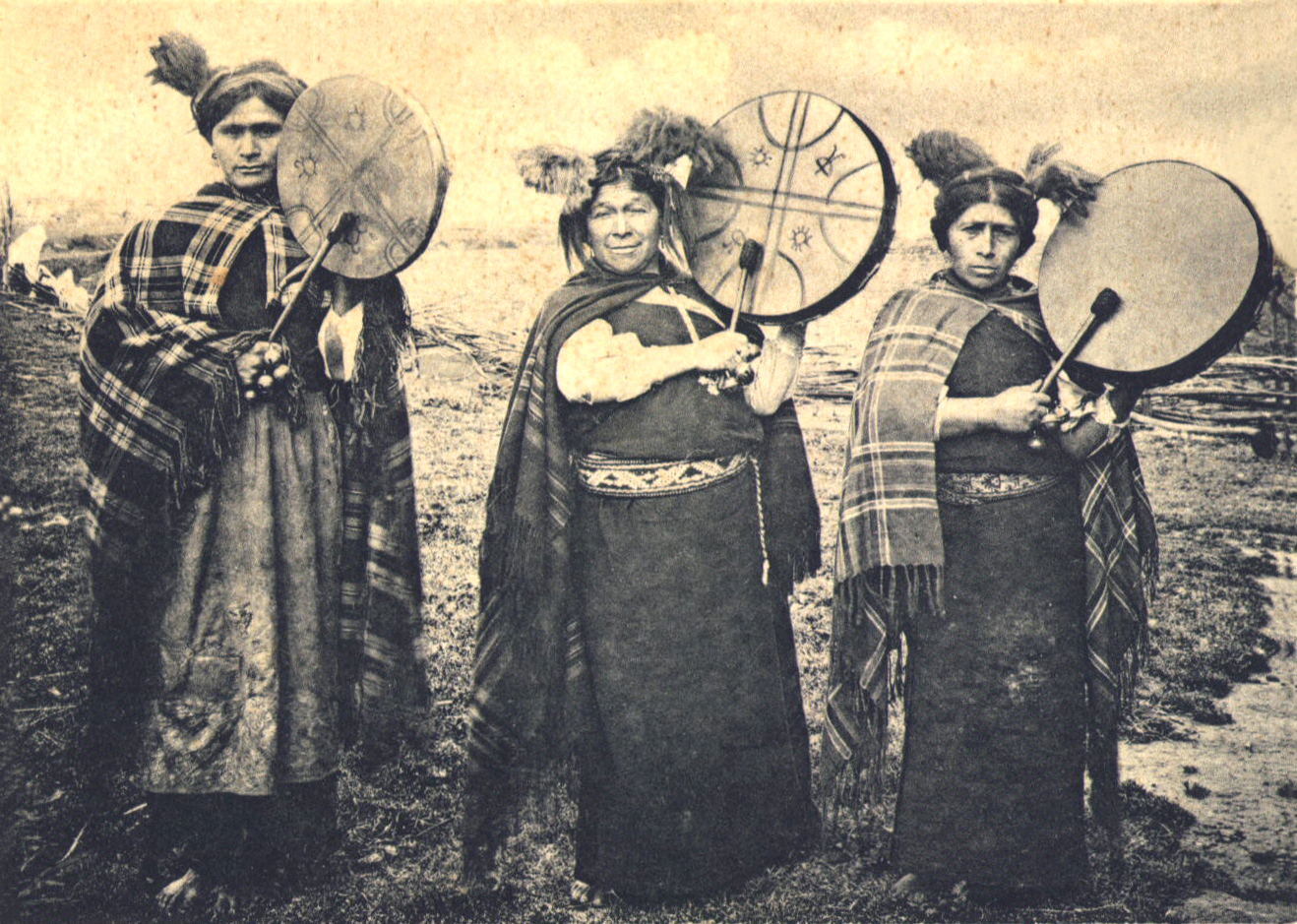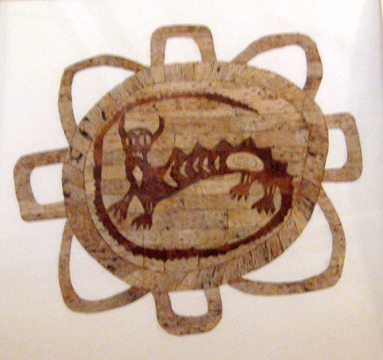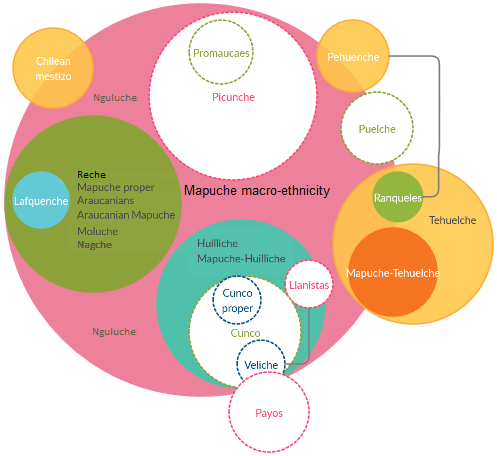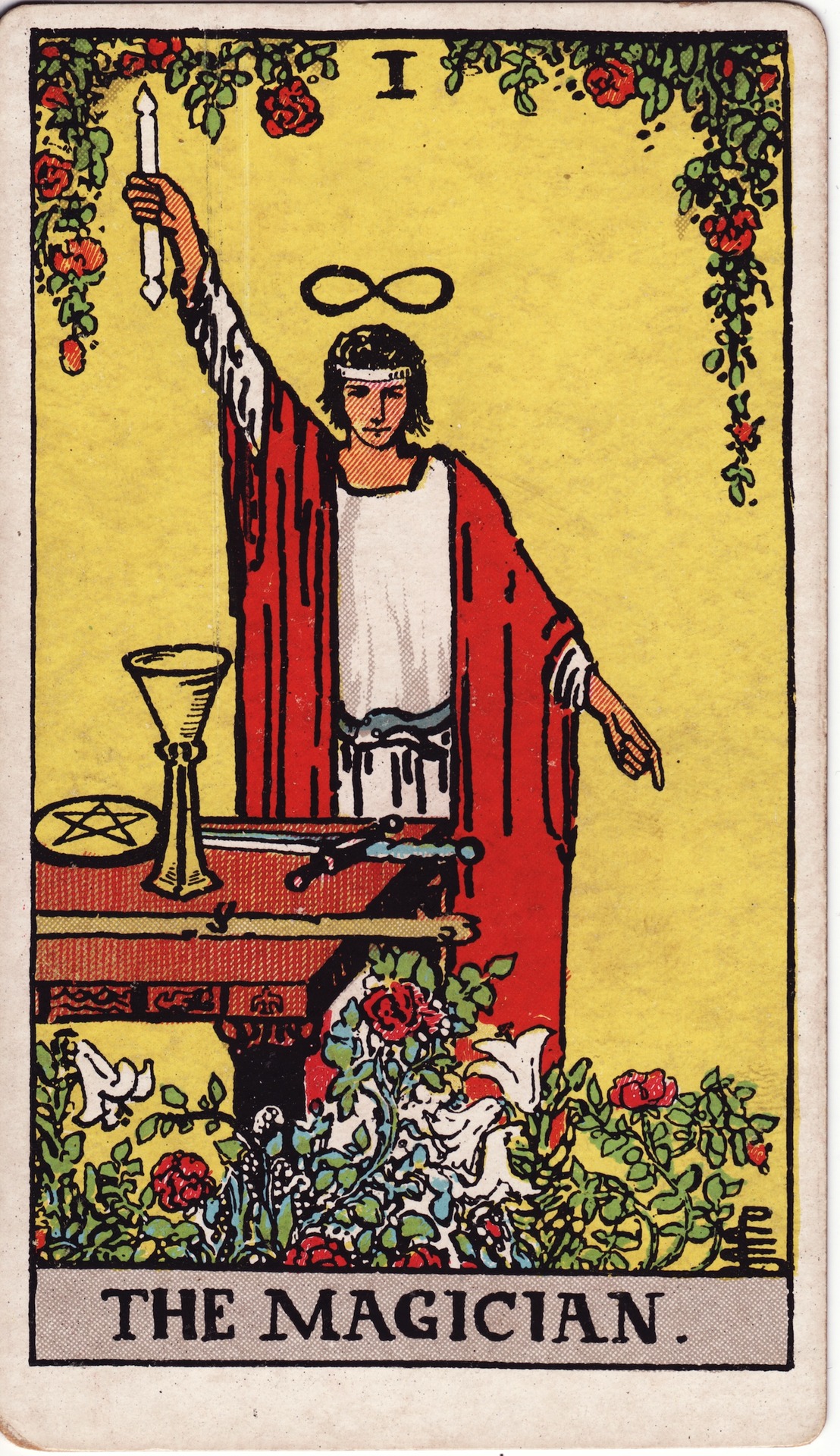|
Nguruvilu
The Nguruvilu (from Mapudungun ''ngürü'', "fox" and ''filu'', "snake"; also known as: ''Guirivilo'', ''Guruvilu'', ''Ñuruvilu'', ''Ñirivilu'', ''Ñivivilu'', ''Ñirivilo'' and ''Nirivilo'') is a creature originating from the Mapuche religion of the indigenous people inhabiting Chile. It is a river-dwelling creature that looks like a fox, with a long body, similar to a snake, and a long tail with fingernails that it uses like a claw. Legend The nguruvilu originates from the ethnic religion of the Mapuche. It is a river-dwelling creature and looks much like a strange fox, with a long body, similar to a snake, and a long tail with fingernails that it uses like a claw; but it is a water-being. Nguruvilus live in and are the cause of dangerous whirlpools which kill people who try to cross rivers. The creatures make the water shallow on either ford, to encourage people to try to cross it making it seem safe. However, the only safe way of crossing a river with a nguruvilu is by boat. ... [...More Info...] [...Related Items...] OR: [Wikipedia] [Google] [Baidu] |
Mapuche Religion
The mythology and religion of the indigenous Mapuche people of south-central Chile and southwestern Argentina is an extensive and ancient belief system. A series of unique legends and myths are common to the various groups that make up the Mapuche people. These myths tell of the creation of the world and the various deities and spirits that reside in it. Overview In order to describe the beliefs of the Mapuche people, it is important to note that there are no written records about their ancient legends and myths from before the Spanish arrival, since their religious beliefs were passed down orally. Their beliefs are not necessarily homogenous; among different ethnic groups, and the families, villages, and territorial groups within those ethnic groups, there are variations and differences and discrepancies in these beliefs. Likewise, it is important to understand that many of the Mapuche beliefs have been integrated into the myths and legends of Chilean folklore, and to a les ... [...More Info...] [...Related Items...] OR: [Wikipedia] [Google] [Baidu] |
Kalku
Kalku or Calcu, in Mapuche mythology, is a sorcerer or witch who works with black magic and negative powers or forces. The essentially benevolent shamans are more often referred to as '' machi'', to avoid confusion with the malevolent kalku. Its origins are in Mapuche tradition. The word kalku is a borrowing from Puquina language Its adoption by Mapuches fits into a pattern of parallels in the Mapuche and Central Andean cosmology ( Inca religion) dating back to the times of Tiwanaku Empire when Puquina was an important language. Description The ''kalku'' is a semi-mythical character that has the power of working with ''wekufe'' "spirits or wicked creatures". An example of a ''wekufe'' is the Nguruvilu. The ''kalku'' also have as servants other beings such as the Anchimayen, or the Chonchon (which is the magical manifestation of the more powerful ''kalku''). A mapuche ''kalku'' is usually an inherited role, although it could be a ''machi'' that is interested in lucrative ends ... [...More Info...] [...Related Items...] OR: [Wikipedia] [Google] [Baidu] |
Underwater Panther
An underwater panther, called ' (in Ojibwe syllabics: ) or ' (in syllabics: ) in Ojibwe (), is one of the most important of several mythical water beings among many Indigenous peoples of the Northeastern Woodlands and Great Lakes region, particularly among the Anishinaabe. ' translates into "the Great Lynx". It has the head and paws of a giant cat but is covered in scales and has dagger-like spikes running along its back and tail. Mishipeshu calls Michipicoten Island in Lake Superior his home and is a powerful creature in the mythological traditions of some Indigenous North American tribes, particularly Anishinaabe, the Odawa, Ojibwe, and Potawatomi, of the Great Lakes region of Canada and the United States. In addition to the Anishinaabeg, Innu also have ''Mishibizhiw'' stories. To the Algonquins, the underwater panther was the most powerful underworld being. The Ojibwe traditionally held them to be masters of all water creatures, including snakes. Some versions of the Nanaboz ... [...More Info...] [...Related Items...] OR: [Wikipedia] [Google] [Baidu] |
Ahuizotl (mythology)
The ahuizotl (from the nci, āhuitzotl for "spiny aquatic thing", a.k.a. "water dog") is a legendary creature in Aztec mythology. It is said to lure people to their deaths. The creature was taken as a mascot by the ruler of the same name, and was said to be a "friend of the rain gods". The ahuizotl is most likely a water opossum, which possesses dexterous hands “like a raccoon’s or a monkey’s", as well as a prehensile tail (the hand most likely represents this prehensile nature), waterproof marbled black and grey fur, and small pointed ears. The conquistador Hernán Cortés once reported to the King of Castile that one of his men had been killed by an ahuizotl. The name of the revolutionary anti-porfirist periodical El Hijo del Ahuizote (The Son of the Ahuizote) is in reference to the ahuízotl. Appearance The creature is described as being the size of a small dog, with waterproof fur. Its name comes from the propensity of its fur to spike when it leaves the water. Th ... [...More Info...] [...Related Items...] OR: [Wikipedia] [Google] [Baidu] |
Chile
Chile, officially the Republic of Chile, is a country in the western part of South America. It is the southernmost country in the world, and the closest to Antarctica, occupying a long and narrow strip of land between the Andes to the east and the Pacific Ocean to the west. Chile covers an area of , with a population of 17.5 million as of 2017. It shares land borders with Peru to the north, Bolivia to the north-east, Argentina to the east, and the Drake Passage in the far south. Chile also controls the Pacific islands of Juan Fernández, Isla Salas y Gómez, Desventuradas, and Easter Island in Oceania. It also claims about of Antarctica under the Chilean Antarctic Territory. The country's capital and largest city is Santiago, and its national language is Spanish. Spain conquered and colonized the region in the mid-16th century, replacing Inca rule, but failing to conquer the independent Mapuche who inhabited what is now south-central Chile. In 1818, after ... [...More Info...] [...Related Items...] OR: [Wikipedia] [Google] [Baidu] |
Mapuche Language
Mapuche (, Mapuche & Spanish: , or Mapudungun; from ' 'land' and ' 'speak, speech') is an Araucanian language related to Huilliche spoken in south-central Chile and west-central Argentina by the Mapuche people (from ''mapu'' 'land' and ''che'' 'people'). It is also spelled Mapuzugun and Mapudungu. It was formerly known as Araucanian, the name given to the Mapuche by the Spaniards; the Mapuche avoid it as a remnant of Spanish colonialism. Mapudungun is not an official language of the countries Chile and Argentina, receiving virtually no government support throughout its history. However, since 2013, Mapuche, along with Spanish, has been granted the status of an official language by the local government of Galvarino, one of the many Communes of Chile. It is not used as a language of instruction in either country's educational system despite the Chilean government's commitment to provide full access to education in Mapuche areas in southern Chile. There is an ongoing politica ... [...More Info...] [...Related Items...] OR: [Wikipedia] [Google] [Baidu] |
Snake
Snakes are elongated, limbless, carnivorous reptiles of the suborder Serpentes . Like all other squamates, snakes are ectothermic, amniote vertebrates covered in overlapping scales. Many species of snakes have skulls with several more joints than their lizard ancestors, enabling them to swallow prey much larger than their heads ( cranial kinesis). To accommodate their narrow bodies, snakes' paired organs (such as kidneys) appear one in front of the other instead of side by side, and most have only one functional lung. Some species retain a pelvic girdle with a pair of vestigial claws on either side of the cloaca. Lizards have evolved elongate bodies without limbs or with greatly reduced limbs about twenty-five times independently via convergent evolution, leading to many lineages of legless lizards. These resemble snakes, but several common groups of legless lizards have eyelids and external ears, which snakes lack, although this rule is not universal (see Amphisbae ... [...More Info...] [...Related Items...] OR: [Wikipedia] [Google] [Baidu] |
Ethnic Religion
In religious studies, an ethnic religion is a religion or belief associated with a particular ethnic group. Ethnic religions are often distinguished from universal religions, such as Christianity or Islam, in which gaining converts is a primary objective and, therefore, are not limited in ethnic, national or racial scope. Terminology A number of alternative terms have been used instead of ''ethnic religion''. Another term that is often used is '' folk religion''. While ''ethnic religion'' and ''folk religion'' have overlapping uses, the latter term implies "the appropriation of religious beliefs and practices at a popular level." The term ''folk religion'' can therefore be used to speak of certain Chinese and African religions, but can also refer to popular expressions of more multi-national and institutionalized religions such as Folk Christianity or Folk Islam. In Western contexts, a variety of terms are also employed. In the United States and Canada a popular alte ... [...More Info...] [...Related Items...] OR: [Wikipedia] [Google] [Baidu] |
Mapuche
The Mapuche ( (Mapuche & Spanish: )) are a group of indigenous inhabitants of south-central Chile and southwestern Argentina, including parts of Patagonia. The collective term refers to a wide-ranging ethnicity composed of various groups who shared a common social, religious, and economic structure, as well as a common linguistic heritage as Mapudungun speakers. Their habitat once extended from Aconcagua Valley to Chiloé Archipelago and later spread eastward to Puelmapu, a land comprising part of the Argentine pampa and Patagonia. Today the collective group makes up over 80% of the indigenous peoples in Chile, and about 9% of the total Chilean population. The Mapuche are particularly concentrated in the Araucanía region. Many have migrated from rural areas to the cities of Santiago and Buenos Aires for economic opportunities. The Mapuche traditional economy is based on agriculture; their traditional social organization consists of extended families, under the direction ... [...More Info...] [...Related Items...] OR: [Wikipedia] [Google] [Baidu] |
Machi (shaman)
A machi is a traditional healer and religious leader in the Mapuche culture of Chile and Argentina. Machis play significant roles in Mapuche religion. In contemporary Mapuche culture, women are more commonly machis than men but it is not a rule. Description As a religious authority, a machi leads healing ceremonies, called Machitun. During the machitun, the machi communicates with the spirit world. Machies also serve as advisors, and oracles for their community. In the past, they advised on peace and warfare. The term is sometimes interchangeable with the word '' kalku'', however, ''kalku'' has a usually evil connotation whereas ''machi'' is usually considered good; this, however, is not always true since in common use the terms may be interchanged. The Mapuches live in southern South America mostly in central Chile ( Araucanía and Los Lagos) and the adjacent areas of Argentina. To become a machi, a Mapuche person has to demonstrate character, willpower, and courage, be ... [...More Info...] [...Related Items...] OR: [Wikipedia] [Google] [Baidu] |
Magician (paranormal)
Magic, sometimes spelled magick, is an ancient praxis rooted in sacred rituals, spiritual divinations, and/or cultural lineage—with an intention to invoke, manipulate, or otherwise manifest supernatural forces, beings, or entities in the natural, incarnate world. It is a categorical yet often ambiguous term which has been used to refer to a wide variety of beliefs and practices, frequently considered separate from both religion and science. Although connotations have varied from positive to negative at times throughout history, magic continues to have an important religious and medicinal role in many cultures today. Within Western culture, magic has been linked to ideas of the Other, foreignness, and primitivism; indicating that it is "a powerful marker of cultural difference" and likewise, a non-modern phenomenon. During the late nineteenth and early twentieth century, Western intellectuals perceived the practice of magic to be a sign of a primitive mentality and also c ... [...More Info...] [...Related Items...] OR: [Wikipedia] [Google] [Baidu] |
Coi Coi-Vilu
Coi Coi-Vilu or ''Caicai-Vilu/Cai Cai Vilu'' (from Mapudungun ''Kaykayfilu'': ''Kaykay'' a name, and ''filu'' "snake") is the Mapuche god of water (or goddess, in some versions found in Chiloé) and, according to Mapuche myths (later also found in Chiloé), supreme ruler of the sea and of all sea-dwellers. This snake was a central figure in the Origin Of The Chiloean Archipelago. In Mapuche mythology, Coi Coi-Vilu is son of Peripillan (a Pillan). Some legends state that it is a parent of the mythical Trauco. In popular culture In the final shot in the trailer of Nahuel and the Magic Book by Latido Films, the Caicai raise to the ocean as Nahuel hugged an unconscious friend Fresia. See also * Bakunawa * Chilota mythology * Horned Serpent * Mapuche mythology * Ten Ten-Vilu Ten Ten-Vilu or Trentren-Vilu (from Mapudungun ''Trengtrengfilu'': ''Trengtreng'' a name, and ''filu'' "snake") is the Mapuche god of Earth and Fertility (or goddess in some versions found in Ch ... [...More Info...] [...Related Items...] OR: [Wikipedia] [Google] [Baidu] |






